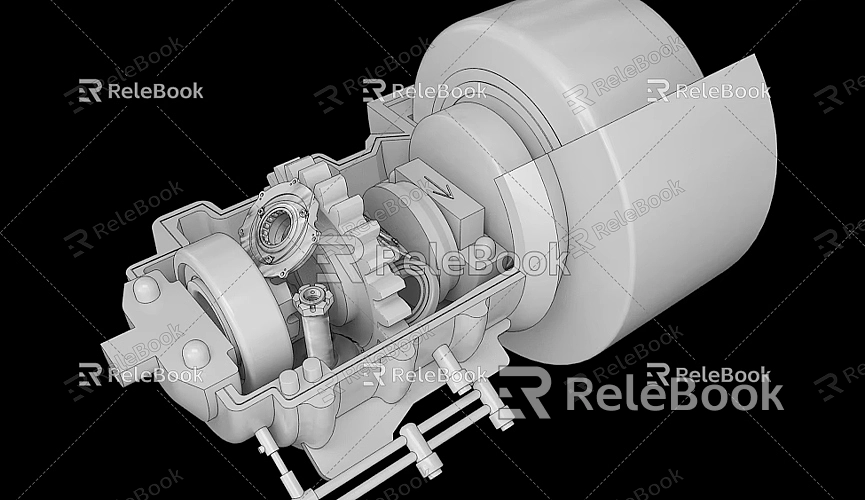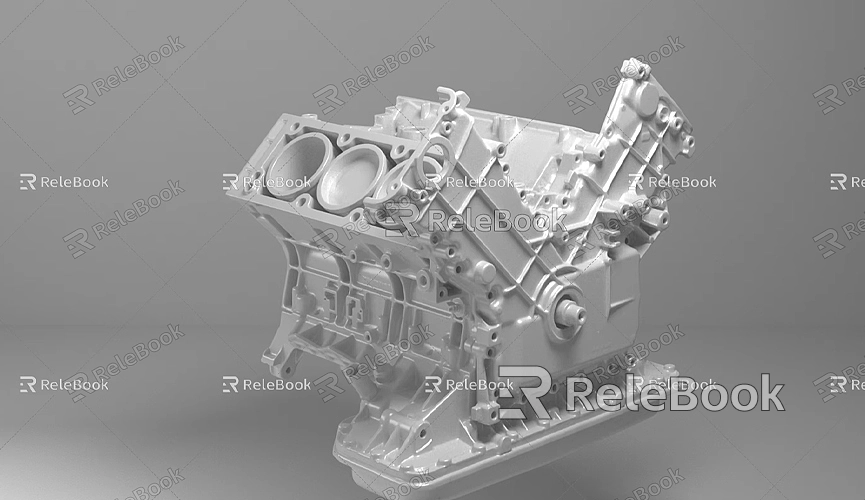How to show clients sketchup model
In the world of architectural design and 3D modeling, SketchUp is a highly popular and powerful software. Its intuitive interface and ease of use allow designers to quickly bring their creative ideas to life and showcase their designs to clients. Whether for architecture, interior design, or landscape design, SketchUp can provide precise model presentations. However, simply displaying the model on the screen is often not enough to make a strong impression on clients. Knowing how to present your model in a way that feels alive, realistic, and communicates every design detail is a key skill every designer must master.
In this article, we will explore various ways to present SketchUp models to clients that not only help you showcase your design work effectively but also enhance client understanding and approval.
Why is it Important to Present Your SketchUp Model Correctly?
During the design process, SketchUp offers designers an efficient and flexible tool for quickly creating complex geometries and construction details. However, a simple model display can often seem abstract to clients and difficult to interpret in terms of design intent. The right presentation method can effectively communicate your design philosophy, helping clients better understand space layouts, material details, and lighting effects.

For designers, showcasing your work is not only about expressing creativity but also about bridging communication with clients. A successful presentation can increase the acceptance of your design and client satisfaction, and in some cases, even help you stand out in a competitive market. Therefore, knowing how to present SketchUp models in various ways is an essential skill for every designer.
Choosing the Right Presentation Method
SketchUp offers several ways to present your model. Below, we will introduce some of the most commonly used methods and help you choose the one that best suits your needs.
1. Using SketchUp's Built-in Rendering Features
While SketchUp itself doesn’t offer highly advanced rendering capabilities, you can enhance the rendering effects by using plugins. Popular rendering plugins like V-Ray, Enscape, and Twilight Render can bring realistic lighting effects, material textures, and shadows to your models, making them appear more lifelike.
· V-Ray: One of the most commonly used rendering plugins for SketchUp, V-Ray provides highly realistic lighting and material effects, especially suited for interior design and architectural visualization.
· Enscape: Offering real-time rendering, Enscape allows you to view rendering effects directly in SketchUp, making it ideal for quickly creating and presenting models.
· Twilight Render: Another user-friendly rendering plugin, Twilight Render is great for beginners and offers good rendering results with a simple interface.
By using these rendering plugins, you can add rich details to your model, making it more vivid and realistic. This not only allows clients to see the overall effect of the design but also helps them appreciate subtle differences, especially in terms of lighting, reflections, materials, and shadows.
2. Creating 3D Panorama Views
For certain space design projects like interior or landscape design, using panoramic views to showcase your model can provide clients with a more immersive experience. Tools like Kubity or SketchUp Viewer allow you to convert your SketchUp model into a 360-degree interactive panorama, which clients can view from various angles.
These tools enable you to export your model as a 3D panoramic view that clients can explore on their phones, computers, or VR devices. This approach lets them experience the design from all perspectives, enhancing their sense of engagement.
3. Creating Animation Demonstrations
Animation is an excellent way to showcase dynamic elements of a model, such as the interaction of space layouts, design elements, and real-world usage scenarios. By creating simple animations in SketchUp, clients can see the practical application of the design, rather than just static images. You can set camera paths, switch between different perspectives, and even include animated figures to enhance the demonstration.

For example, you could create an animation showing the exterior of a building, then simulate how one would enter the space from various angles. You could even simulate the changing light and shadow effects throughout the day. Animated presentations help clients better grasp the spatial flow and feel of the design and offer deeper insights into the finer details.
4. Incorporating Virtual Reality (VR) Technology
With the development of virtual reality (VR), VR has become a powerful tool for showcasing 3D models. Presenting a SketchUp model using VR technology allows clients to experience the design in a fully immersive environment. You can export your model into VR-compatible formats, and using VR devices such as Oculus Rift or HTC Vive, clients can "enter" the design space and explore it from every angle.
In a VR environment, clients can perceive spatial proportions, material finishes, lighting, and other details, making it easier for them to make accurate assessments. While the learning curve for using VR devices is relatively steep, the immersive experience offers a stark contrast to traditional presentation methods, particularly useful for large-scale projects such as architecture, landscaping, and complex interior designs.
5. Adding High-Quality Textures and Materials
The texture, color, and detail of your model can significantly improve its overall visual impact. When presenting your model, ensure that every surface, texture, and material is carefully designed and rendered. High-quality 3D textures and HDRI images can greatly enhance the realism of your model, giving clients a much clearer idea of what the final design will look like.
If you need high-quality 3D textures or HDRI images for your model and virtual scenes, you can download them for free at https://textures.relebook.com/. Additionally, if you need beautiful 3D models, https://3dmodels.relebook.com/ offers a large collection of premium resources. These high-quality materials will significantly improve the realism of your models, making the presentation stand out.
6. Using Interactive Web Presentations
Interactive presentations have become a trend in modern design projects. By exporting your SketchUp model into a web format, you can allow clients to interact with the model directly through their browsers. For example, SketchUp Viewer can generate a model that can be embedded in a webpage, allowing clients to explore the design details by simply dragging the mouse.
Interactive presentations engage clients by allowing them to decide which parts of the design they want to explore. They can zoom in, rotate, and pan, making it easier for them to understand your design concept. This method is especially useful for online communication and remote presentations.
Presenting a SketchUp model is not just about displaying images or static models; it’s about providing a comprehensive, immersive experience. By combining rendering effects, animations, VR demonstrations, panoramic views, and interactive features, designers can more effectively communicate their design ideas and enhance client understanding and approval.
As technology continues to advance, designers have more tools and platforms available to showcase their work, helping clients perceive the full potential of the design. Regardless of the method you choose, ensure that your presentation is clear, detailed, and meets your client’s needs. A well-crafted presentation not only showcases your design skills but also builds client trust and satisfaction.
If you require high-quality 3D textures or models, remember that Relebook offers a variety of free resources, including textures and 3D models, at https://textures.relebook.com/ and https://3dmodels.relebook.com/. These resources can significantly enhance your design presentations.
We hope the tips provided in this article help you feel more confident and capable when showcasing your SketchUp models to clients.

